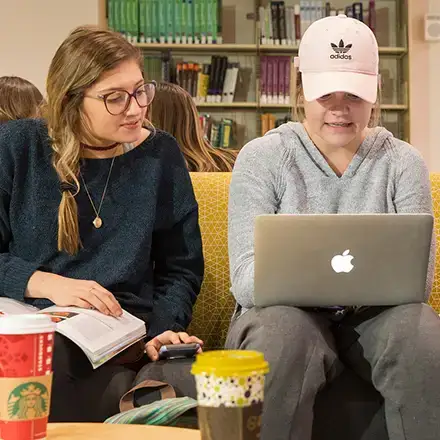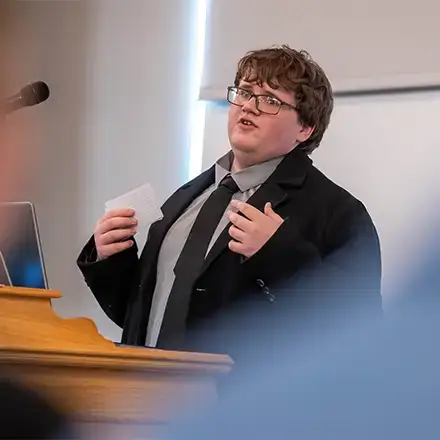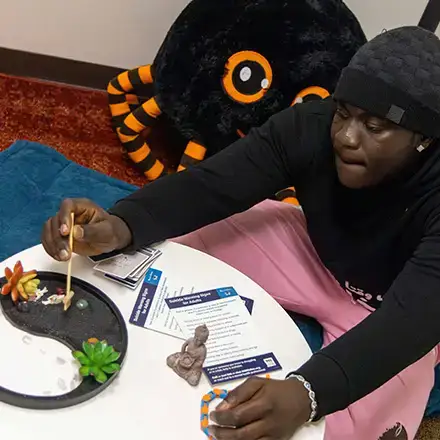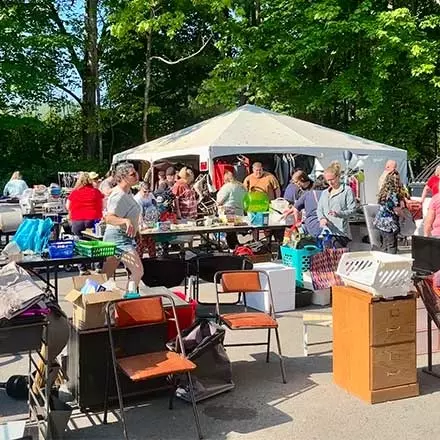News & Events
Latest Stories
This fall, SUNY Oneonta will offer a new retention program to provide students with additional academic, financial and personal support to stay on track and graduate on time
More than 1,400 SUNY Oneonta students earned Dean's List or Provost's List honors last semester for earning a grade-point average of 3.5 or higher while carrying a course load of 12 hours or more.
Otsego County high school students explore college before graduation through ONC BOCES New Visions engineering and healthcare classrooms
SUNY Oneonta’s latest mental health and wellness initiative, “Zen Dens,” designates quiet, calming spaces for students in residence halls, promoting mindfulness and mental wellness across campus.
Approximately 5 tons of gently used items donated by SUNY Oneonta students were saved from the waste stream and given new life this week, thanks to the annual Move-Out Donation and Reuse Collection program, a partnership with The Arc Otsego.




